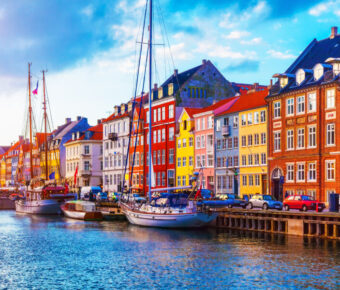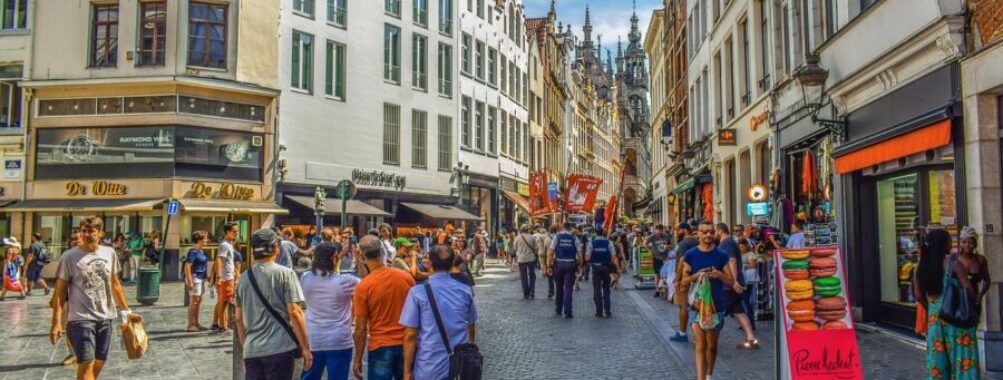
2 Week Europe Trip Cost: $3,500 Budget Adventure
Planning a 2-week trip to Europe? Get ready for an amazing adventure! Europe offers a rich tapestry of cultures, history, and breathtaking sights. But how much will it cost? A 2-week Europe trip typically costs between $2,500 to $3,500 per person, including flights. This price range covers most budgets and travel styles.
Your exact costs will depend on where you go and how you like to travel. Western Europe tends to be pricier than Eastern Europe. Big cities like Paris or London can eat up your budget faster than smaller towns. But don’t worry – there are ways to save money without missing out on the good stuff.
Remember, this is your trip. You get to choose where to splurge and where to save. Maybe you want fancy hotels but are happy with cheap eats. Or you might prefer budget hostels so you can splurge on amazing experiences. It’s all about finding the right balance for you.
Contents
- Key Takeaways
- Understanding Europe Trip Costs
- Flight and Transportation Expenses
- Accommodation Options
- Daily Food and Dining Budget
- Choosing Your Destinations
- Western Europe Highlights
- Exploring Eastern Europe
- Discovering Southern Europe
- Sightseeing and Attractions
- Famous European Landmarks
- Museums and Historical Sites
- Natural Wonders and Outdoor Activities
- Cultural and Culinary Experiences
- Engaging with Local Culture
- European Dining and Street Food
- Culinary Classes and Tours
- Accommodation Strategies
- Hotels and Hostels
- Vacation Rentals and Apartments
- Alternative Lodging Options
- Budgeting and Saving Money
- Daily Expense Planning
- Avoiding Tourist Traps
- Cost-Saving Travel Tips
- Logistics and Practical Advice
- Navigating Transportation in Europe
- Communication and Connectivity
- Health and Safety Considerations
- More Travel Guides
Key Takeaways
- Budget $200 per day for a comfortable mid-range trip
- Choose a mix of pricier and budget-friendly destinations to balance costs
- Save on accommodations and food to splurge on unique experiences
Understanding Europe Trip Costs
Planning a 2-week trip to Europe can be exciting, but it’s crucial to know what you’re getting into financially. Let’s break down the main expenses you’ll face and how to budget wisely.
Flight and Transportation Expenses
Getting to Europe and moving around once you’re there can eat up a big chunk of your budget. Expect to spend $400-$700 on a round-trip flight from the US to Europe. Try to be flexible with your dates and search for cheap flights to score the best deals.
Once you’re in Europe, trains and buses are great for getting between cities. A Eurail pass might save you money if you plan to visit multiple countries. In cities, public transport is usually cheap and efficient.
For exploring rural areas, renting a car can be a good option. Prices vary, but budget about $30-$50 per day for a small car.
Accommodation Options
Where you sleep can make or break your budget. Hostels are the cheapest option, costing around $20-$40 per night for a dorm bed. If you prefer privacy, budget hotels or Airbnbs might run $60-$100 per night.
For a bit more comfort, mid-range hotels typically cost $100-$200 nightly. Luxury hotels can easily exceed $300 per night.
To save money, consider staying in less touristy neighborhoods or mixing up your accommodations. Maybe splurge for a few nights in a nice hotel and balance it out with budget options.
Daily Food and Dining Budget
Food costs can vary wildly depending on your choices. If you’re on a tight budget, aim for $30-$40 per day. This means grabbing street food, picnicking, and cooking some meals if you have kitchen access.
For a mid-range budget, plan on $50-$80 daily. This allows for sit-down restaurant meals and the occasional nice dinner out. Remember, lunch is often cheaper than dinner at restaurants.
Don’t forget to try local specialties! Street markets are great for sampling regional foods without breaking the bank. And in many European countries, tap water is safe and free – ask for “tap water” to avoid paying for bottled water at restaurants.
Choosing Your Destinations
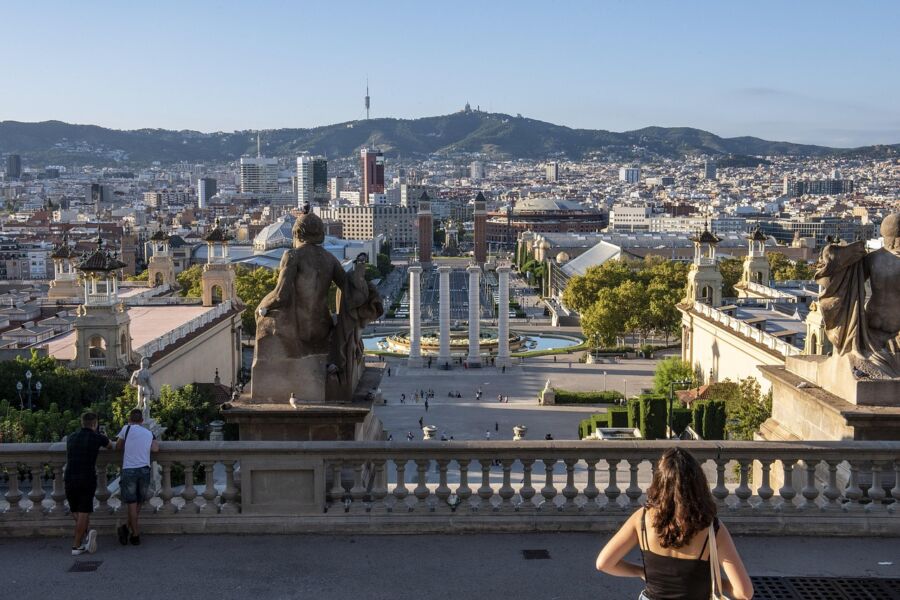
Picking where to go in Europe can make or break your trip budget. Some places cost way more than others, so choose wisely to stretch your euros further. Let’s look at some popular spots in different parts of Europe.
Western Europe Highlights
Paris, London, and Amsterdam are big-name cities lots of folks want to see. But they come with hefty price tags. A night in Paris might set you back $150 for a decent hotel. Food and attractions add up fast too.
To save cash, mix in some cheaper spots. Try Bruges in Belgium or Lyon in France. They’re beautiful and won’t empty your wallet as fast.
Another tip: stay longer in each place. Moving around costs money, so fewer stops can mean more savings. Maybe pick 3-4 cities for your two weeks instead of trying to see everything.
Exploring Eastern Europe
Your money goes further in Eastern Europe. Cities like Prague, Budapest, and Krakow offer tons of history and culture at lower prices.
In Prague, you might find a good hotel for $60-80 per night. Food and drinks cost about half what you’d pay in Paris or London. Public transport is cheap too, often just a dollar or two per ride.
These cities are great for budget travelers. You can see amazing castles, try tasty local food, and enjoy nightlife without breaking the bank. Just remember some places don’t use euros, so check the currency before you go.
Discovering Southern Europe
Spain, Italy, and Greece have lots to offer, from sunny beaches to ancient ruins. Prices vary a lot depending on where and when you go.
Big cities like Rome or Barcelona can be pricey in summer. A hotel might cost $120-150 per night. But head to smaller towns or visit in spring or fall, and you’ll save big.
Greece can be a bargain, especially if you skip the touristy islands. In Athens, you might pay $70-90 for a nice hotel. Local food is usually cheap and delicious. Try souvlaki or gyros for just a few euros.
Mix things up by spending some time in cities and some in smaller towns or rural areas. It’ll give you a better feel for the country and help your budget too.
Sightseeing and Attractions
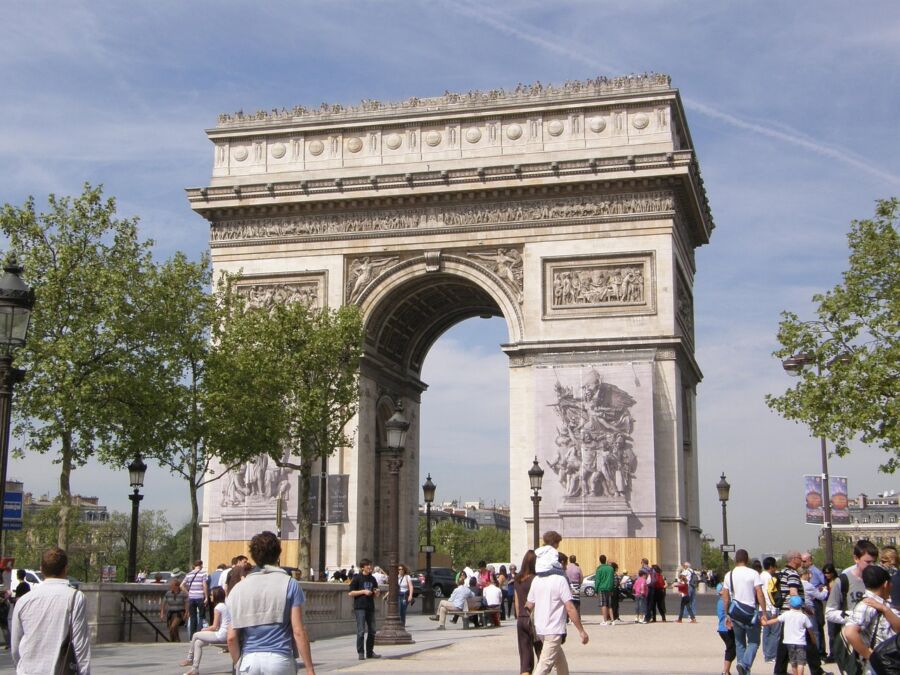
Europe offers a wealth of amazing sights and experiences for travelers. You’ll find iconic landmarks, world-class museums, and stunning natural wonders throughout the continent.
Famous European Landmarks
No trip to Europe is complete without seeing some of its most famous landmarks. The Eiffel Tower in Paris is a must-see. You can book tickets to go up to the top for amazing views of the city. Plan to spend about €26 for adult tickets to the summit.
In Rome, don’t miss the ancient Colosseum. Tickets cost around €16. The Trevi Fountain and Spanish Steps are free to visit. Toss a coin in the fountain to ensure your return to Rome!
Amsterdam’s canals and Barcelona’s Sagrada Familia are other top landmarks. Expect to pay about €20 for a canal cruise and €26 to tour Gaudi’s famous church.
Museums and Historical Sites
Europe’s museums house some of the world’s greatest art and artifacts. The Louvre in Paris is huge – you could spend days exploring. Tickets are about €17.
Vatican City’s museums and Sistine Chapel are a treasure trove of Renaissance art. Book ahead to avoid long lines. Tickets cost around €17.
In Amsterdam, the Anne Frank House offers a moving look at WWII history. Tickets are €14 but sell out fast, so reserve early.
Many cities offer museum passes that can save you money if you plan to visit multiple sites. Look into options like the Paris Museum Pass or the Amsterdam City Card.
Natural Wonders and Outdoor Activities
Europe’s natural beauty is just as impressive as its cities. The beaches of southern Spain and Greece are perfect for relaxing. Most are free to visit – just bring a towel!
For mountain views, head to the Alps. Cable cars in Switzerland offer stunning vistas, but can be pricey at €50+. Hiking trails are often free.
Budapest’s thermal baths are a unique natural attraction. Soak in the famous Széchenyi Baths for about €20.
Book guided hikes or kayak trips to explore Europe’s great outdoors. Prices vary, but budget €50-100 for most day trips.
Cultural and Culinary Experiences

Europe offers a feast for the senses with its rich cultural heritage and mouthwatering cuisines. You’ll find endless opportunities to immerse yourself in local traditions, savor diverse flavors, and create unforgettable memories.
Engaging with Local Culture
Get ready to dive into Europe’s fascinating history and vibrant present. Visit iconic landmarks like the Eiffel Tower in Paris or the Colosseum in Rome. These spots usually cost about €15-25 per ticket. Don’t miss free walking tours in many cities – they’re a great way to learn about local history and culture. Just remember to tip your guide!
For a taste of local life, check out bustling markets. The Naschmarkt in Vienna or La Boqueria in Barcelona are perfect for people-watching and picking up tasty snacks. Entry is free, but budget €10-15 for treats.
Want to catch a show? Look for discounted tickets to theaters or opera houses. You might snag last-minute seats for €20-30.
European Dining and Street Food
European cuisine is diverse and delicious. Sit-down restaurants can be pricey, with meals costing €20-40 per person. But don’t worry – there are plenty of budget-friendly options too!
Street food is your wallet’s best friend. In Berlin, grab a currywurst for €3-5. In Paris, a crepe will set you back €4-6. Italian cities offer pizza by the slice for €2-4.
For a mid-range option, seek out local trattorias or bistros. You’ll often find daily specials or set menus for €15-25. These spots are great for trying regional dishes without breaking the bank.
Culinary Classes and Tours
Want to take your food experience up a notch? Try a cooking class or food tour. These activities let you dive deep into local food culture and often include tastings.
Cooking classes typically run €50-100 per person. You’ll learn to make regional specialties and enjoy the fruits of your labor. It’s a fun way to bring a taste of your trip home with you.
Food tours are another great option. Prices range from €30-80, depending on length and what’s included. You’ll sample local delicacies and learn about food history and culture. It’s like a meal and a history lesson rolled into one!
Accommodation Strategies
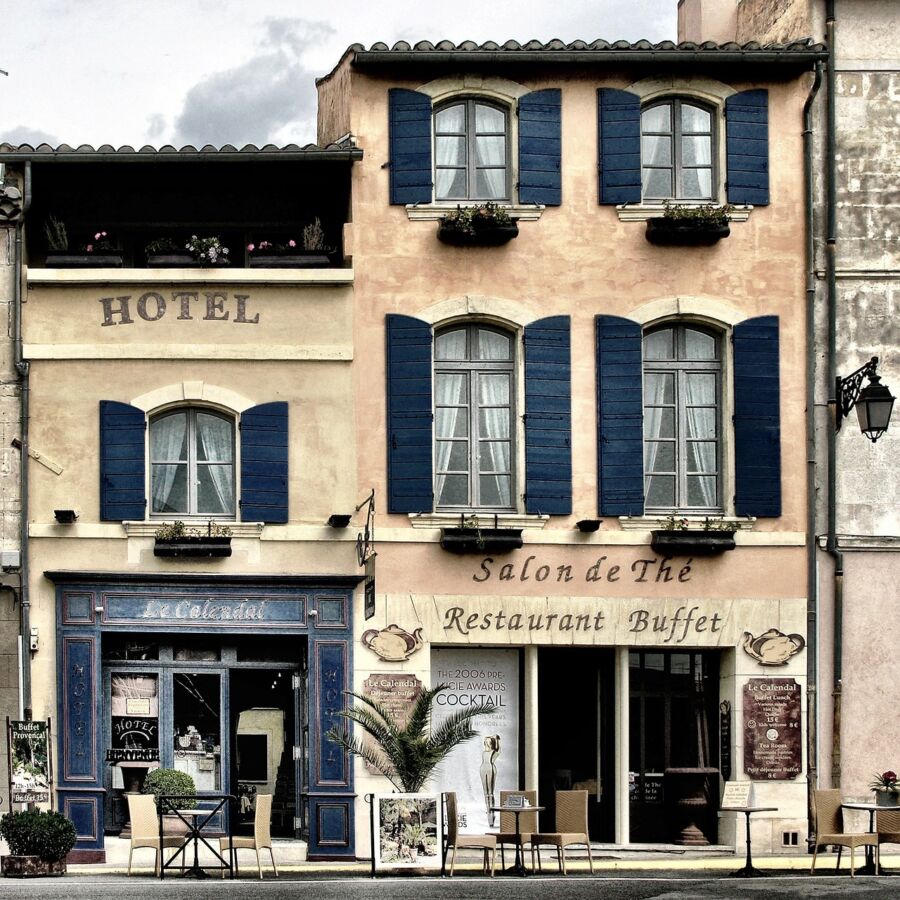
Finding the right place to stay can make or break your European adventure. Smart choices help stretch your budget without sacrificing comfort.
Hotels and Hostels
Hotels come in all shapes and sizes across Europe. Budget chains like Ibis offer clean rooms at reasonable rates. Mid-range options provide more amenities but cost more. Luxury hotels are pricey but can be a nice splurge.
Hostels are a budget traveler’s best friend. You’ll find dorm-style rooms with shared bathrooms. Many hostels also offer private rooms for a bit more. The social atmosphere is great for meeting other travelers. Some even have kitchens so you can cook your own meals.
Booking.com lets you compare prices and read reviews for both hotels and hostels. It’s a good starting point for your search.
Vacation Rentals and Apartments
Renting an apartment or house can be cheaper than hotels, especially for longer stays or groups. You get more space and a kitchen to cook meals. This saves money on eating out.
Vrbo is a popular site for finding vacation rentals. You can rent entire homes or just private rooms. Prices vary widely based on location and amenities.
Local rental sites sometimes have better deals than big international ones. Do some research on the specific cities you’re visiting.
Alternative Lodging Options
Couchsurfing lets locals host you for free. It’s a great way to meet people and learn about the culture. Just be sure to read profiles carefully and trust your gut.
Monasteries and convents often rent out simple rooms at low prices. They’re usually very quiet and peaceful. You don’t have to be religious to stay there.
Camping can be a cheap option in rural areas. Some cities have campsites on the outskirts with easy public transport access. Bring your own gear or rent it there.
Farm stays let you experience rural life. You might help with chores in exchange for room and board. It’s a unique way to see a different side of Europe.
Budgeting and Saving Money
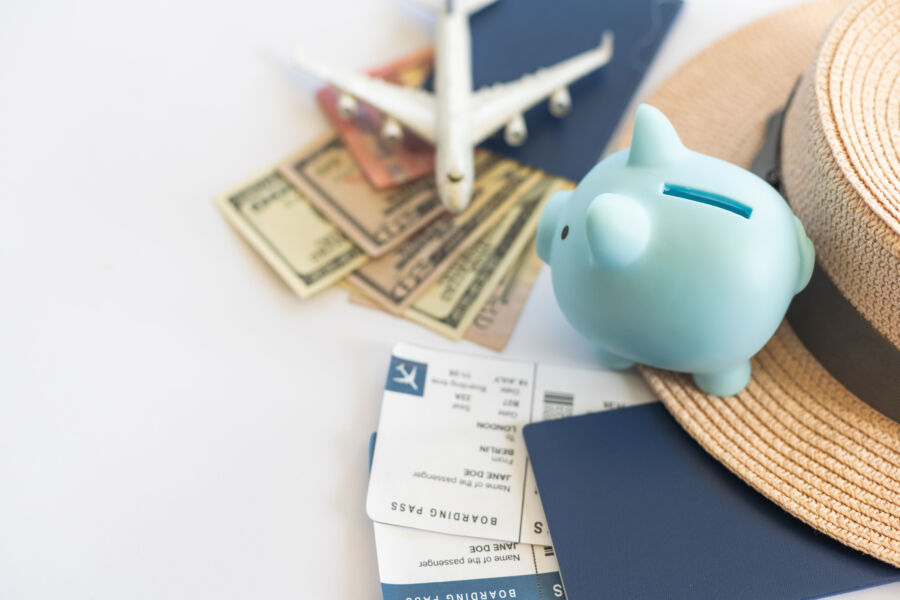
Planning your money matters can make or break a Europe trip. Smart choices help you stretch your euros further and enjoy more experiences without breaking the bank.
Daily Expense Planning
Start by setting a daily spending limit. Aim for €50-100 per person, depending on your travel style. This should cover food, local transport, and some attractions.
Keep a small notebook to track expenses. Jot down every purchase, no matter how small. It’s eye-opening to see where your money goes!
Mix cheap eats with occasional splurges. Grab pastries for breakfast, picnic for lunch, then treat yourself to a nice dinner every few days.
Look for free walking tours in major cities. They’re a great way to see the sights and learn local history without spending a dime.
Avoiding Tourist Traps
Steer clear of restaurants with menus in multiple languages. They’re often overpriced and not very good. Ask locals for recommendations instead.
Skip the souvenir shops near big attractions. You’ll find better deals and unique items at local markets or small shops off the beaten path.
Be wary of “skip-the-line” offers. Many popular sites let you book timed entry tickets online for free or a small fee.
Watch out for pickpockets in crowded areas. Keep your valuables close and be aware of your surroundings.
Cost-Saving Travel Tips
Get a rail pass if you plan to visit multiple countries. It can save you loads on train tickets, especially for longer journeys.
Try budget airlines for flights between cities. Just watch out for extra fees on luggage or seat selection.
Stay in hostels or rent apartments. They’re often cheaper than hotels and let you cook some meals to save money.
Buy a local SIM card for your phone. It’s much cheaper than international roaming and helps you navigate easily.
Look for city passes that include public transport and entry to multiple attractions. They can offer big savings if you plan to see a lot.
Logistics and Practical Advice
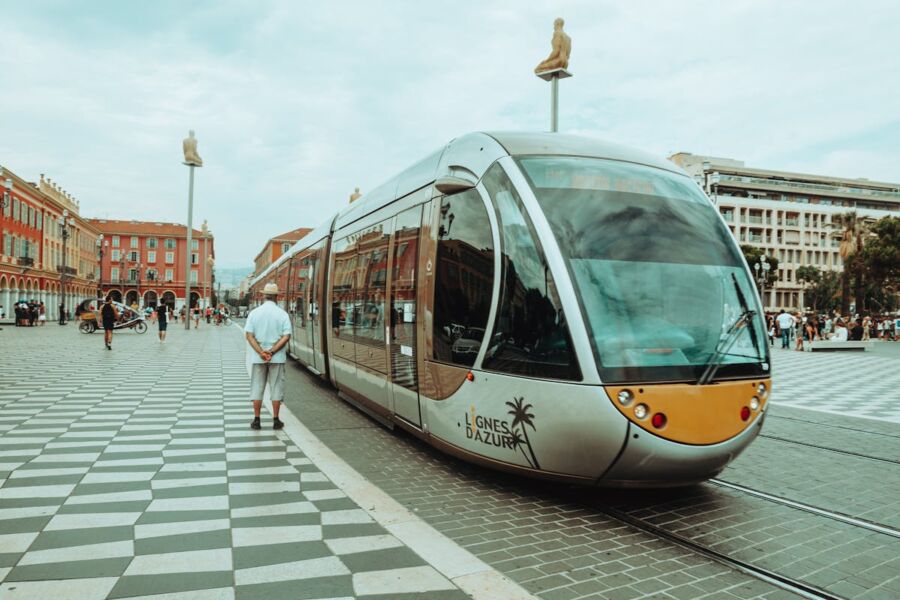
Planning your trip to Europe takes some work, but it’s worth it. Let’s go over the key things you need to know to make your journey smooth and safe.
Europe’s trains are awesome for getting around. You can buy a Eurail Pass that lets you hop on and off trains in different countries. It’s pretty cheap if you’re under 28. Buses are another good option – companies like Flixbus have comfy seats and Wi-Fi.
In big cities, use the metro or trams. They’re fast and way less stressful than driving. Grab a multi-day pass to save money.
Renting a car makes sense for countryside trips. But watch out for high gas prices and tricky parking in old town centers.
Biking is fun in bike-friendly places like Amsterdam or Copenhagen. Many cities have bike-share programs you can use.
Communication and Connectivity
Getting a SIM card when you arrive is smart. You can buy them at airports or phone stores. A 2-week data plan costs about €20-30.
Free Wi-Fi is common in cafes and hotels. But it can be slow, so don’t count on it for important stuff.
Learn a few key phrases in the local language. People appreciate the effort, even if you mess up. Download Google Translate to help with menus and signs.
Health and Safety Considerations
You should get travel insurance. It’s not exciting, but it can save you if things go wrong. Make sure it covers medical care and trip cancellations.
Make sure to bring any meds you need, plus some basics like painkillers and band-aids. Pharmacies in Europe are great if you need anything else.
You should keep an eye on your stuff in busy tourist spots. Use the safe in your hotel room for passports and extra cash.
You can drink tap water in most of Western Europe. But ask to be sure, especially in Eastern Europe.

